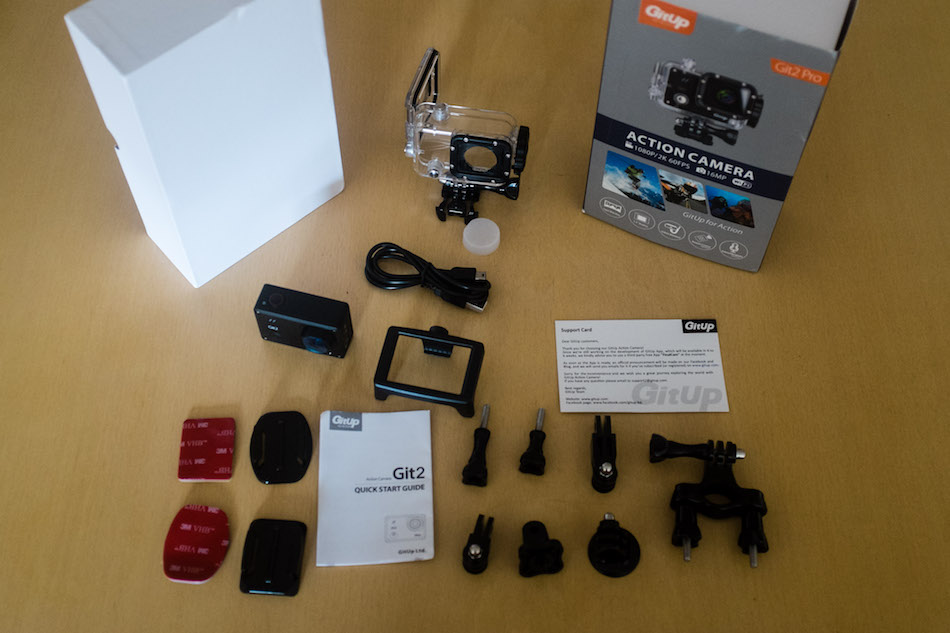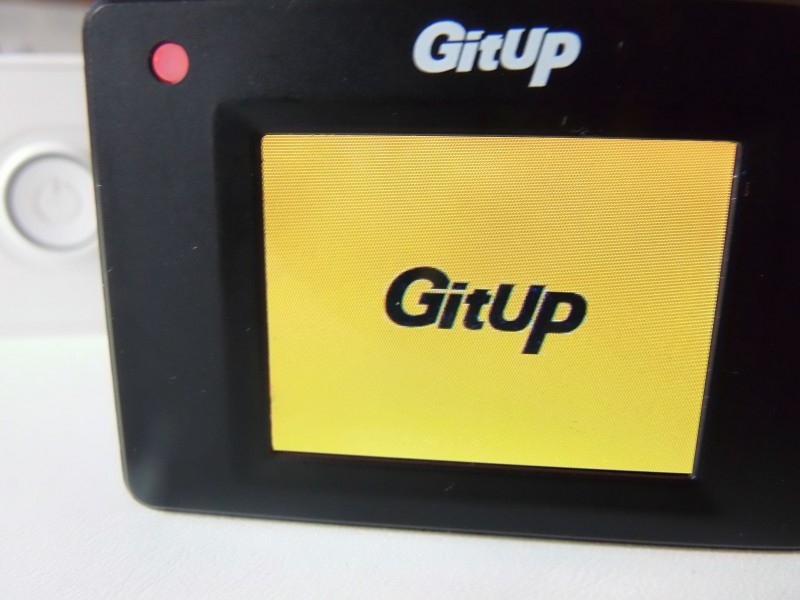

To create a Review App, a step can be added with this configuration: We created this GitHub Action that can be used in any project to either create or destroy Review Apps based on the current Pull Request that triggers it. Manage Heroku Review Apps (GitHub Action) There are many events that can trigger the execution of an Action, we only use the labeled and the closed events for the workflow described before, but here's a list of all available events.
#GITUP REVIEW HOW TO#
Actions can be created as GitHub repositories with a specific action.yml file that tells GitHub how to run it, more details here. GitHub Actions allows adding automations to a GitHub repository. Keep in mind that, if the PR has merge conflicts, the GitHub Actions are not executed GitHub Actions Note that, if the PR is merged, the Review App is destroyed automatically by Heroku
#GITUP REVIEW UPDATE#
#GITUP REVIEW MANUAL#

The purpose is to help multiple teams review different pull requests in live urls without sharing a single staging or test environment. Heroku's Review Appsįor those not familiar, Heroku has a feature called Review Apps: short-lived applications that are deployed, independently, based on the active pull requests. We started looking for an easy way to control the creation and deletion of Review Apps that can be triggered by anyone directly from the GitHub PR and here are the details and how we do this now.
#GITUP REVIEW FREE#
This was an easy workaround, but there's one problem, the Review Apps for Heroku Teams can't use free dynos, so we were being charged for Review Apps that were created before they were actually needed or even for PRs that didn't really need a Review App at all. So, for many months, we used the automatic Review App creation every time a PR was created/updated.

A manual creation gives us more control, but not every person involved in the QA process has access to the Heroku pipeline.

There are two configurations in Heroku to create Review Apps: manual and automatic. We started using Heroku's Review Apps because we kept running into blockers when a team needed to deploy a branch to our staging server but another team was using it. At OmbuLabs, we have some projects where multiple teams work at the same time on different features or fixes.


 0 kommentar(er)
0 kommentar(er)
